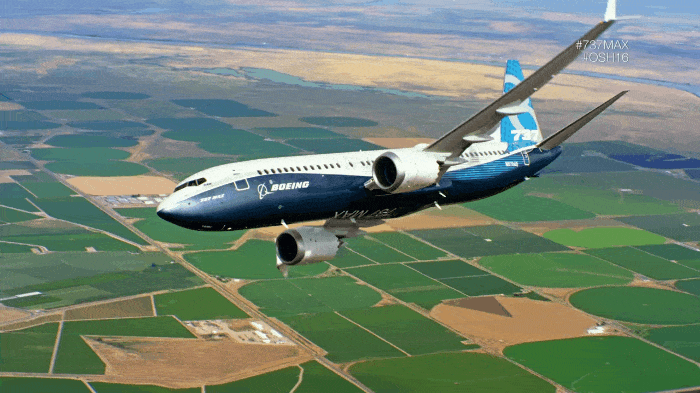- RAAJVIR VIJAY
- Aug 23, 2021
- 2 min read
Updated: Dec 7, 2021
The Boeing 737 Max was the latest iteration in the line of the most successful commercial aircraft in the history of aviation. The story starts in 1967 when Boeing introduced the 737-100, riding high in their immediate success and domination of the commercial jet airline market. The 737, in contrast to the 707’s 140-190 passenger capacity, had a much smaller eighty-five passenger capacity, lower range, and a smaller body.

This was a masterstroke. Until then, airlines operated medium-short routes with the transcontinental 707s, flying half-capacity and weighed down by the excess engine power and weight. Designed for these short routes, the 737 can carry the small crowd of passengers efficiently. Sales peaked the charts.
A few months later, Boeing launched the 737-200, on request to an airline with a larger fuselage and fuel tank, enabling it to fly longer routes.
But the segment soon got competition. Dassault entered the market with an extremely efficient short-haul aircraft, designed to save airlines much more money. But, chasing after optimization and advanced engineering, Dassault engineered themselves into a hole and failed to sell. Read more about how the Mercure became a commercial failure.

The selling point was not only the short-range optimization but its versatility. The 737 had revolutionary features airlines would love Boeing for. All commercial aircraft until then had their narrow jet engines mounted on pylons extending down from the wing. But Boeing mounted their Pratt & Whitney turbine right on the wing, enabling the plane to be lower to the ground. This had three benefits. First, the landing gear did not have to be as long, and therefore more space is saved. Secondly, 737s had an inbuilt air ladder stored in the door, saving time for airlines as the moving staircases don’t have to operate, and enabling it to operate on remote

airports. Thirdly, maintenance was easier as engineers could reach into the engines without a ladder. All in all, the huge cost savings turned the 737 into a profit-making machine for airlines around the world.
The 737 NG had a maximum passenger capacity of 189—larger than its now-discontinued bigger brother, the 707.
Boeing released newer updated versions every decade, slowly increasing the passenger capacity and range of its top models. By the dawn of the new century, the 737 NG, or New Generation, had a maximum passenger capacity of 189—larger than its now-discontinued bigger brother, the 707.
And by that time, Boeing also had a serious competitor for 737—in the form of the Airbus a320. Launched in 1984, the a320 was regarded as the second-best short-haul airplane, and with its unique advantages, made itself more appealing to other airlines. This brought into the medium-short haul flight market fierce competition. In fact, this clash of two giants would result in an unhealthy corporate influence in the engineering of the 737.

In Part II we’ll look at how it would cause disaster for Boeing and kill over three hundred people. Stay tuned for that.
As always, thanks for visiting the blog, and I really appreciate that you have come this far, and I hope you liked it. If you did, click the like button. If you like my posts, join us, if you haven't yet. Check out our forum too, while you are at it.
Credits: Vox, http://www.aviationancestry.co.uk/, youtube.com.







Comments